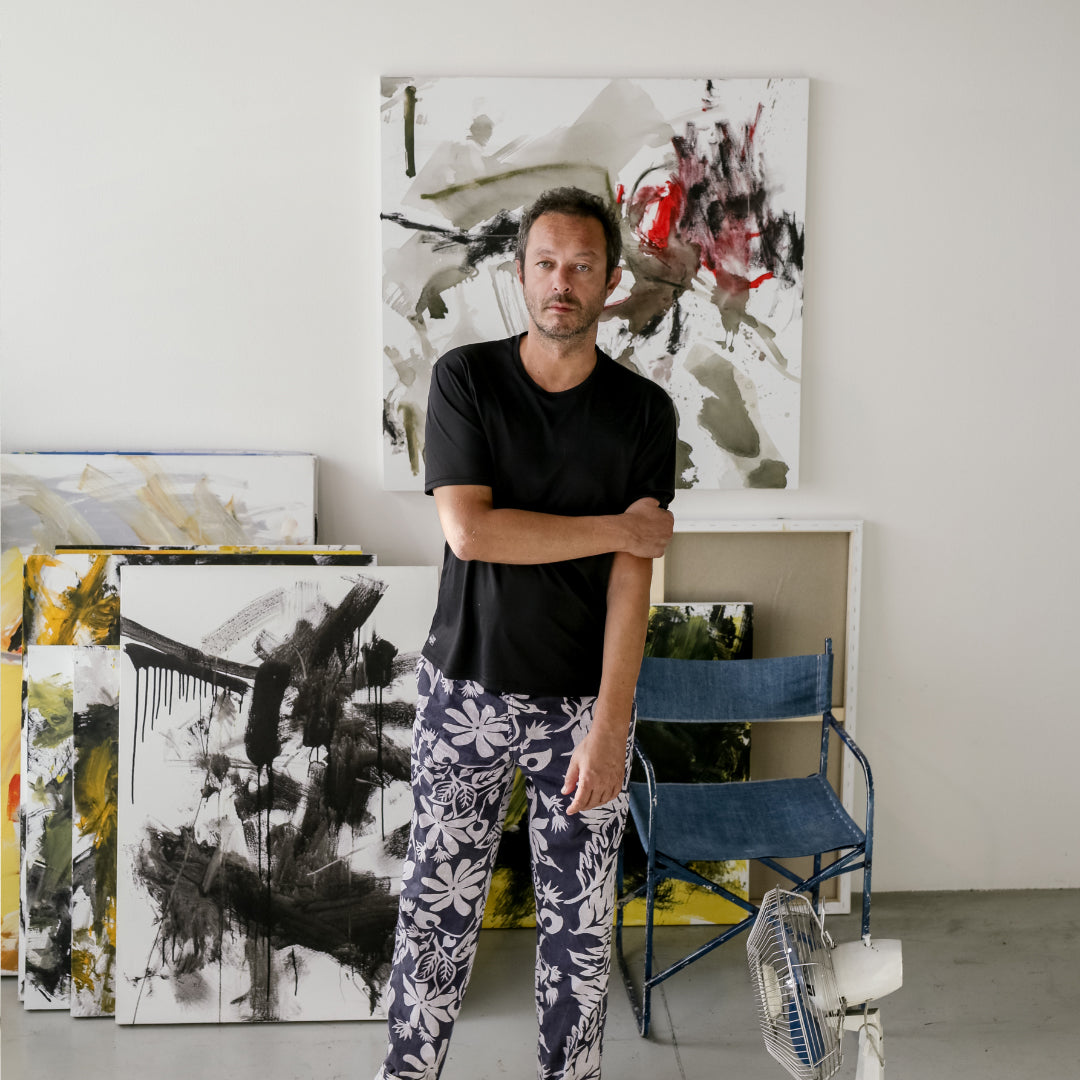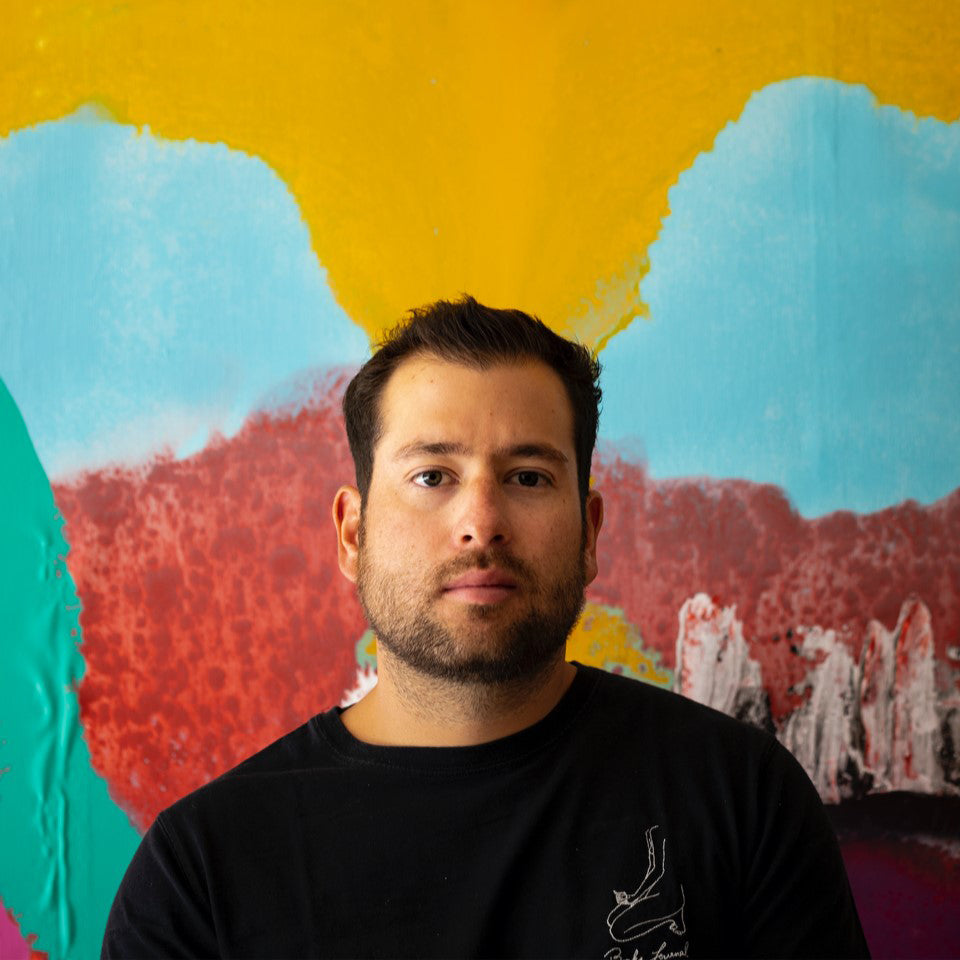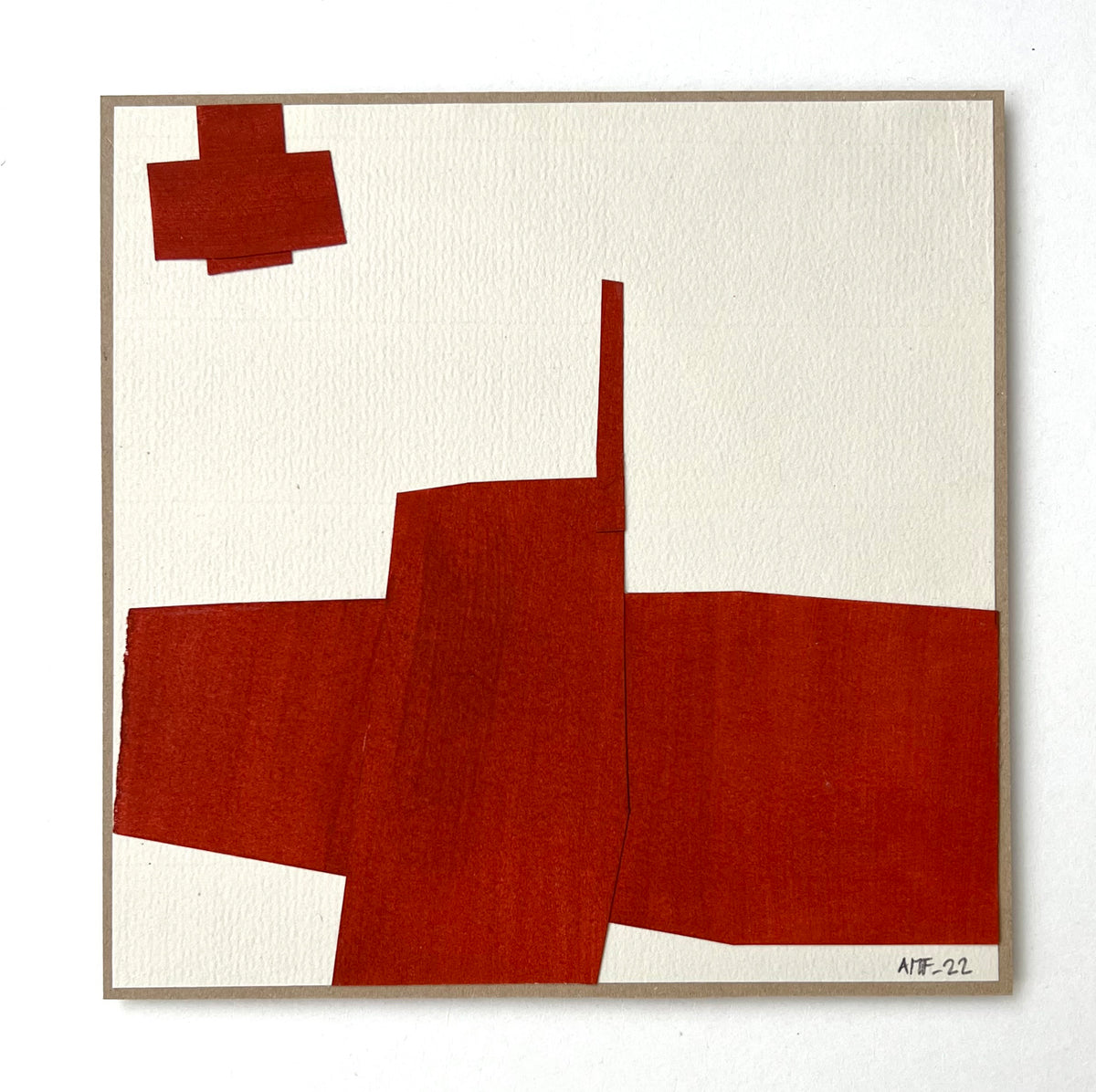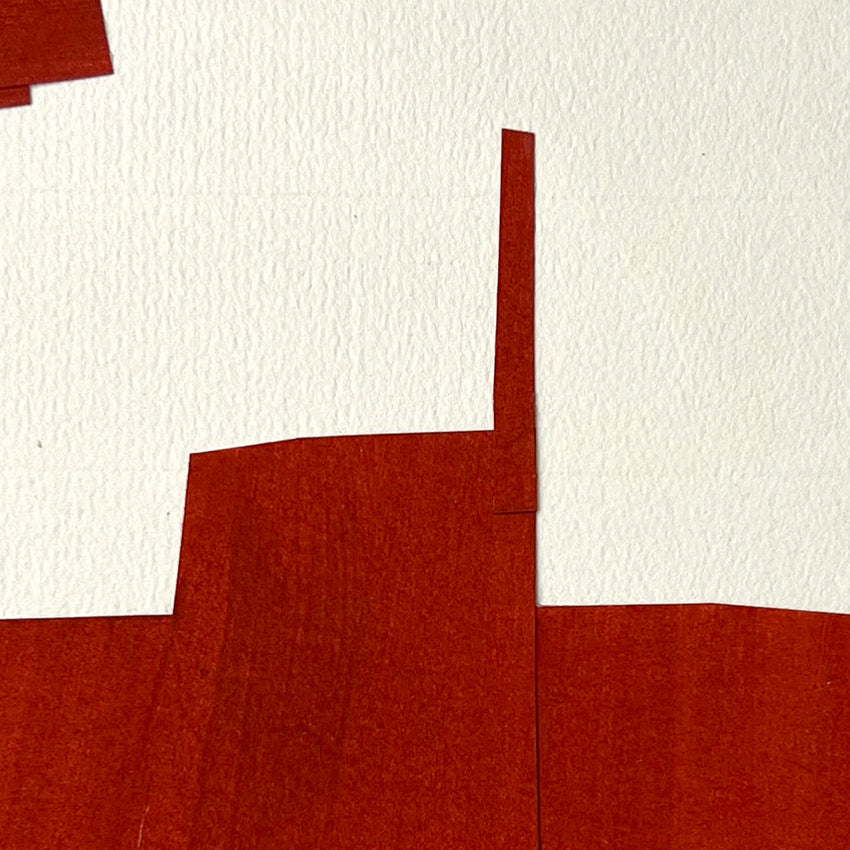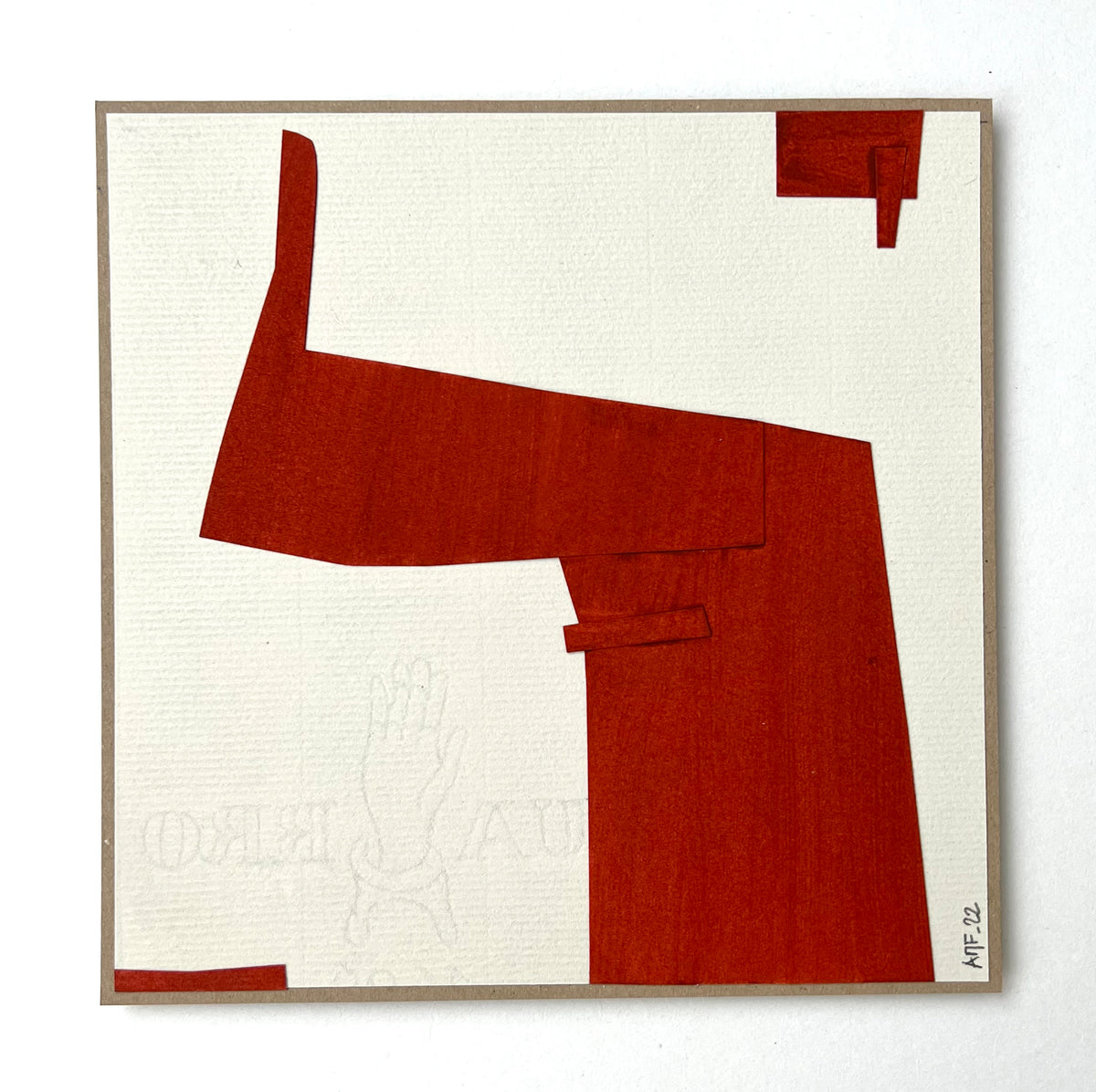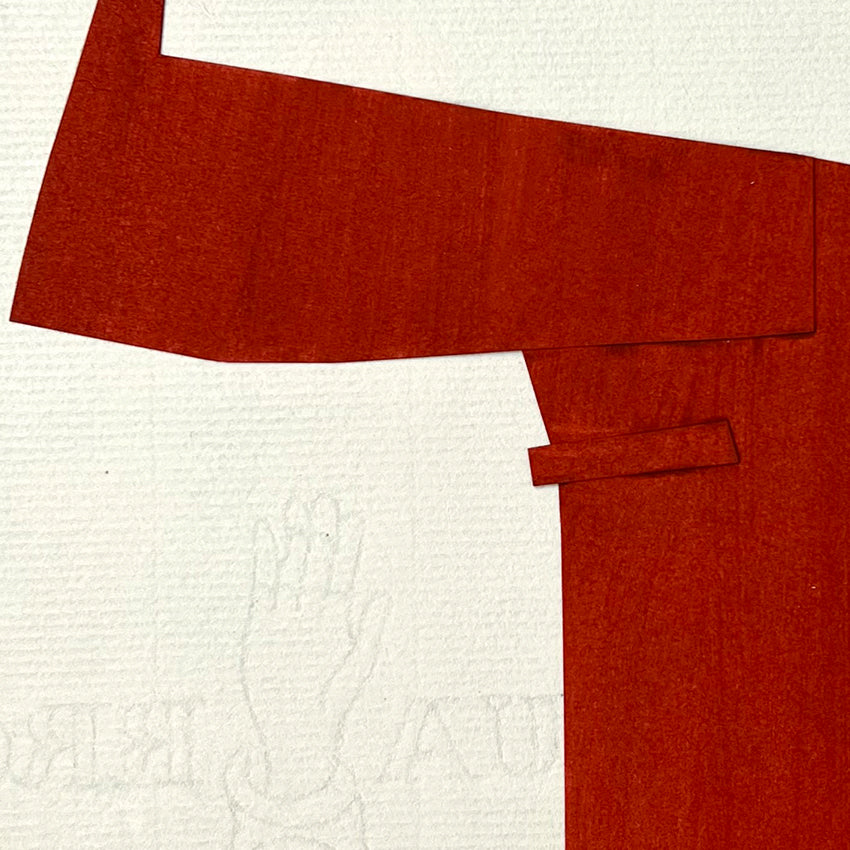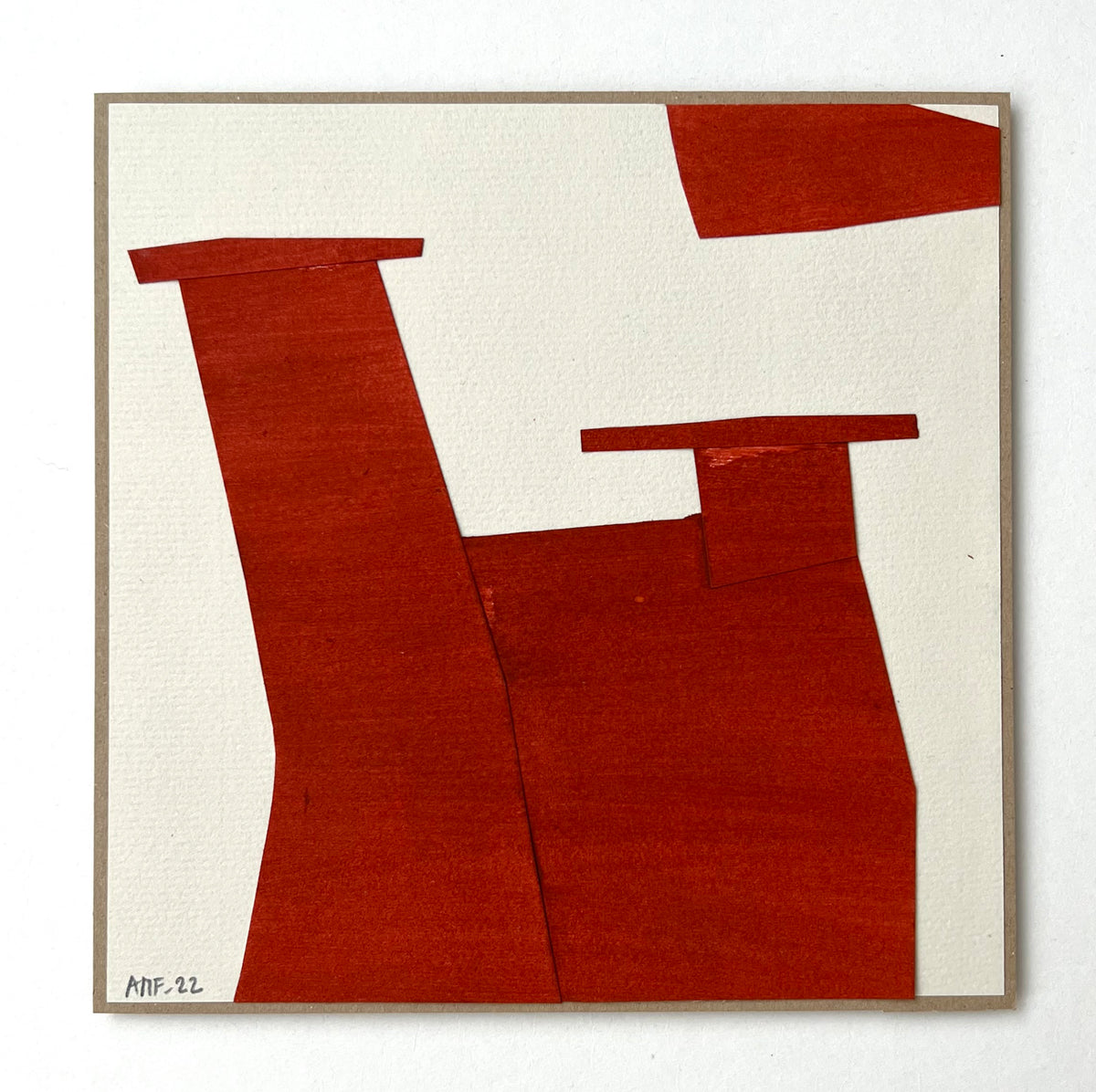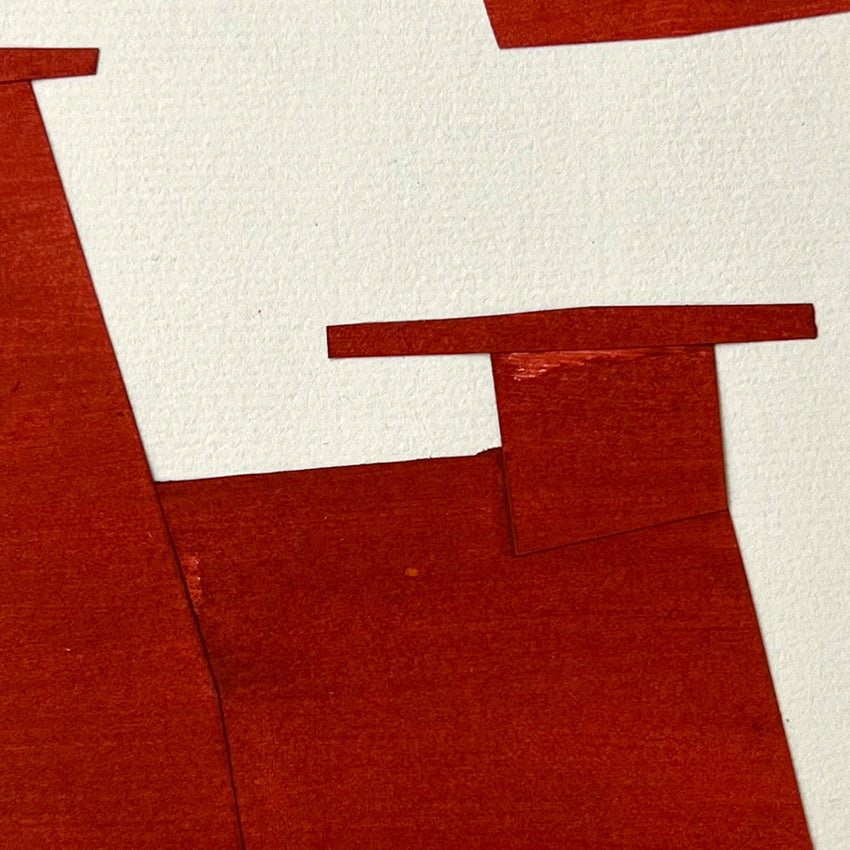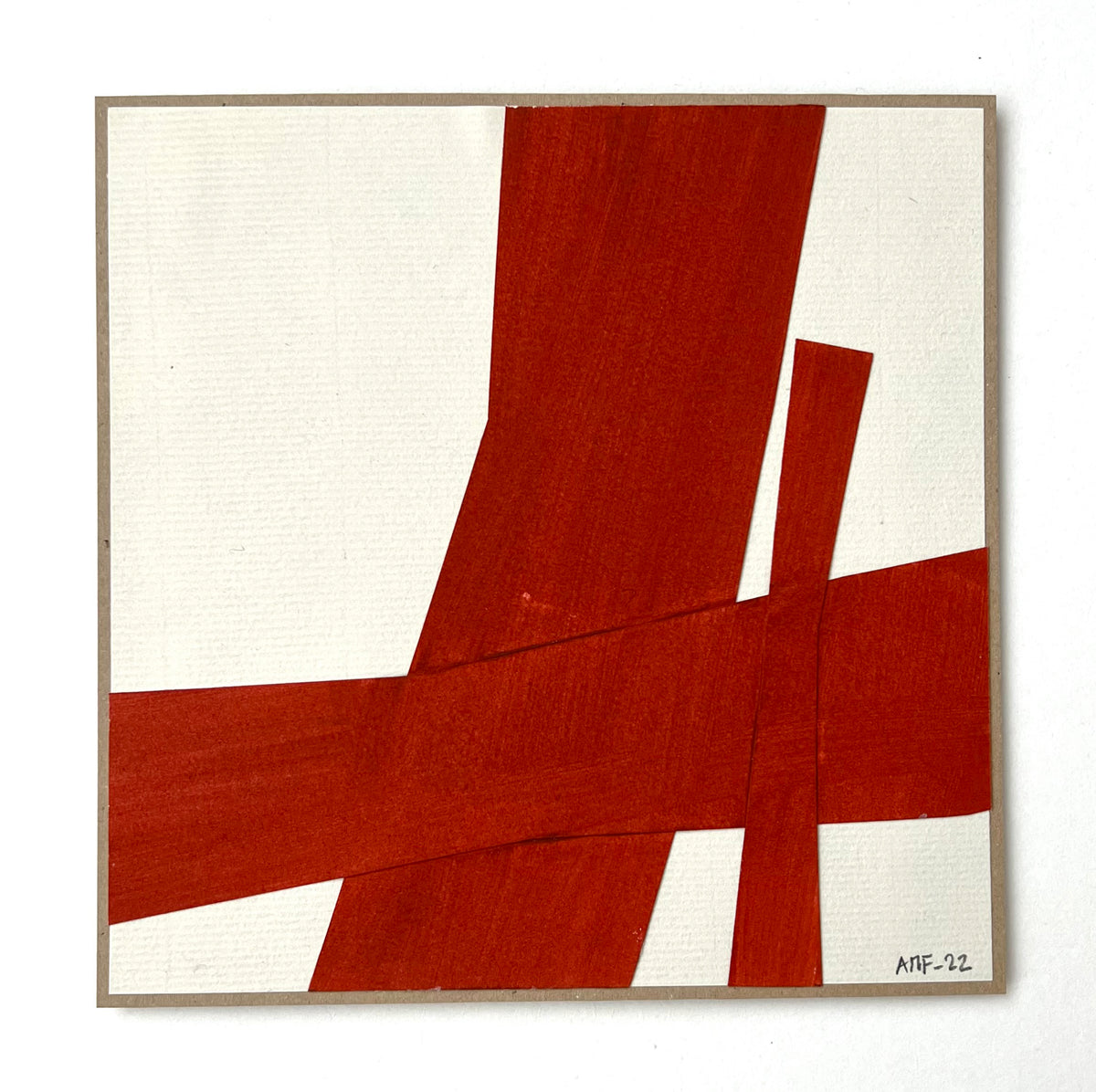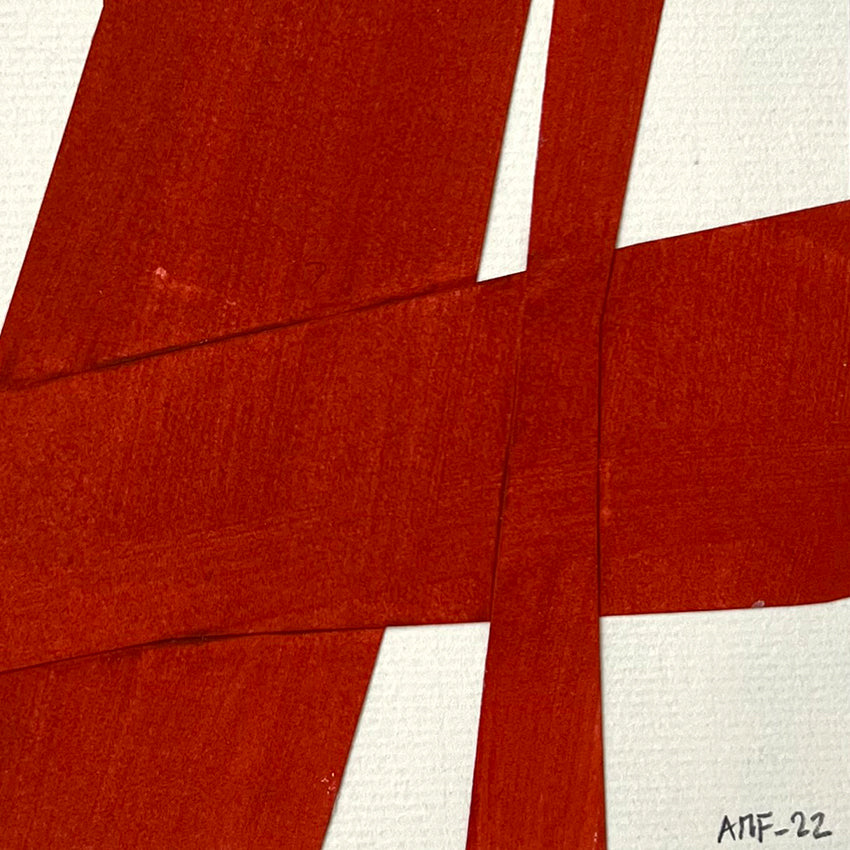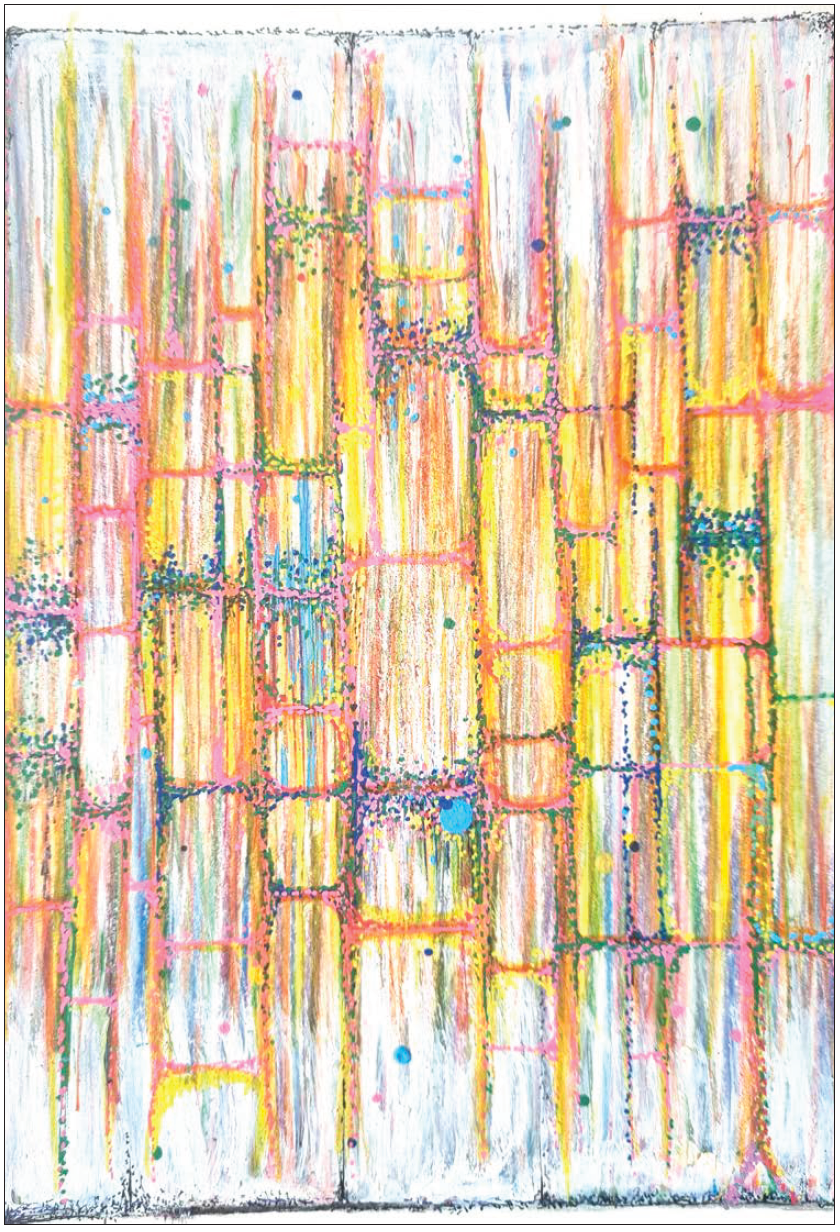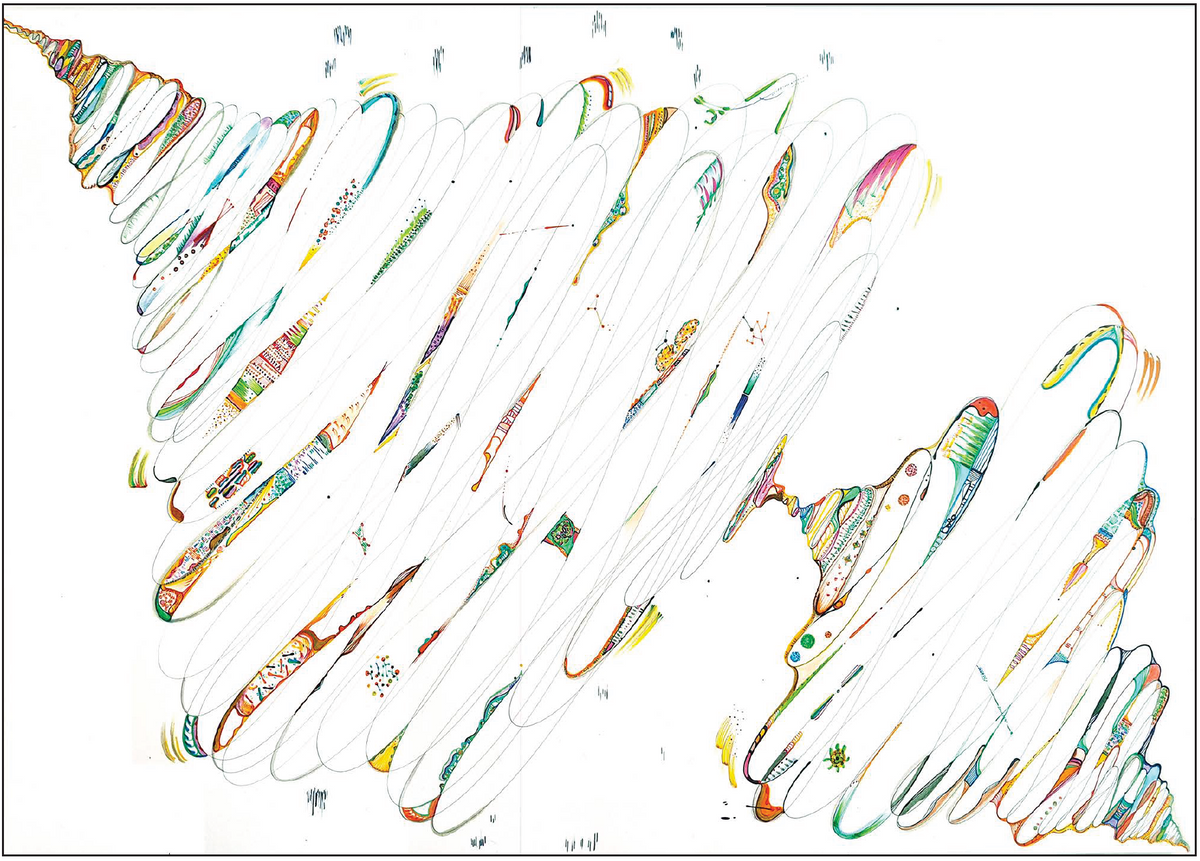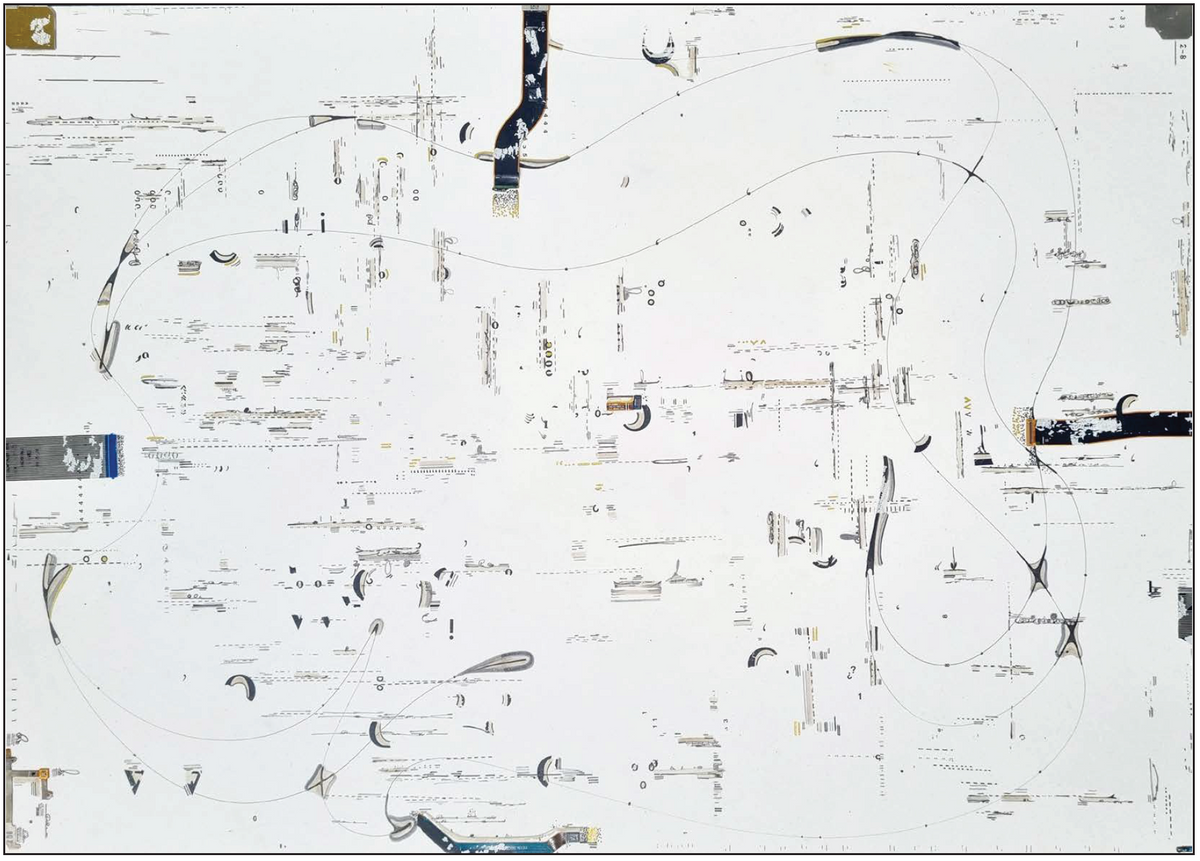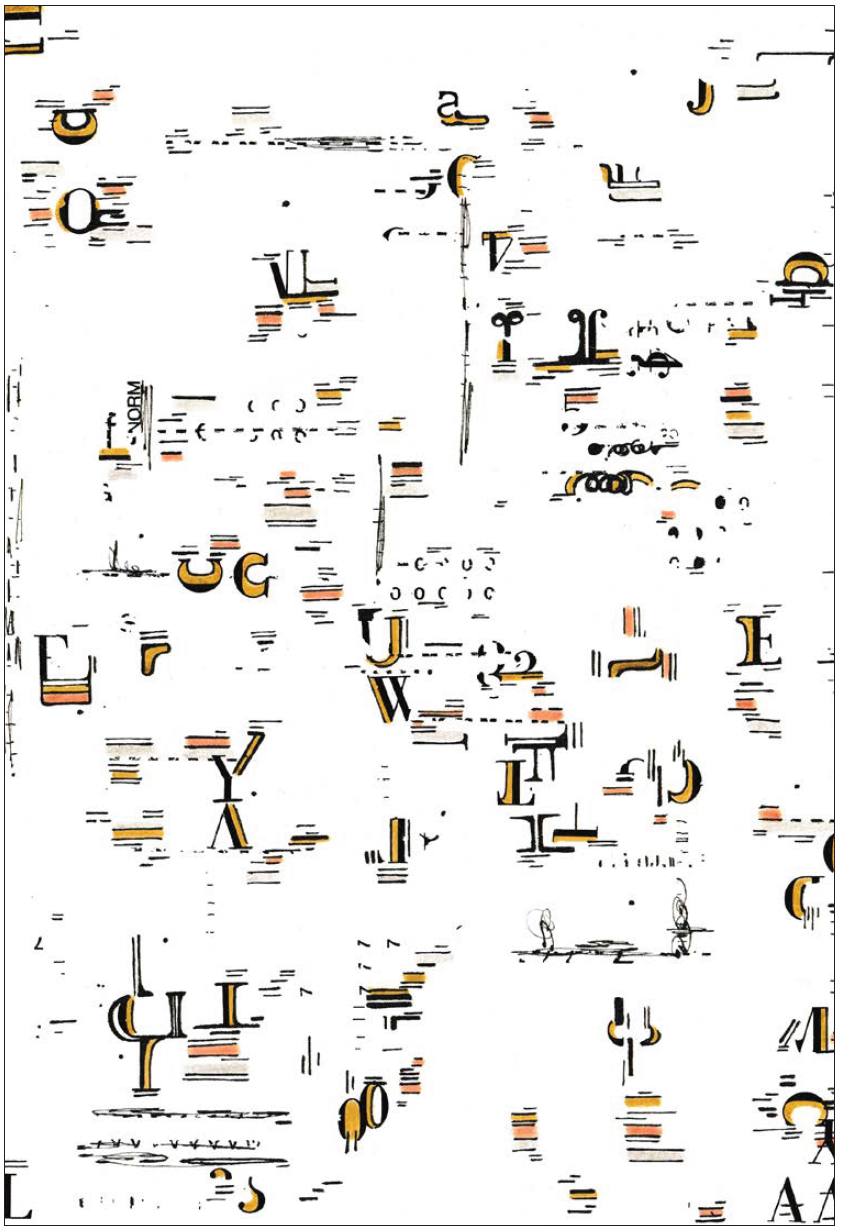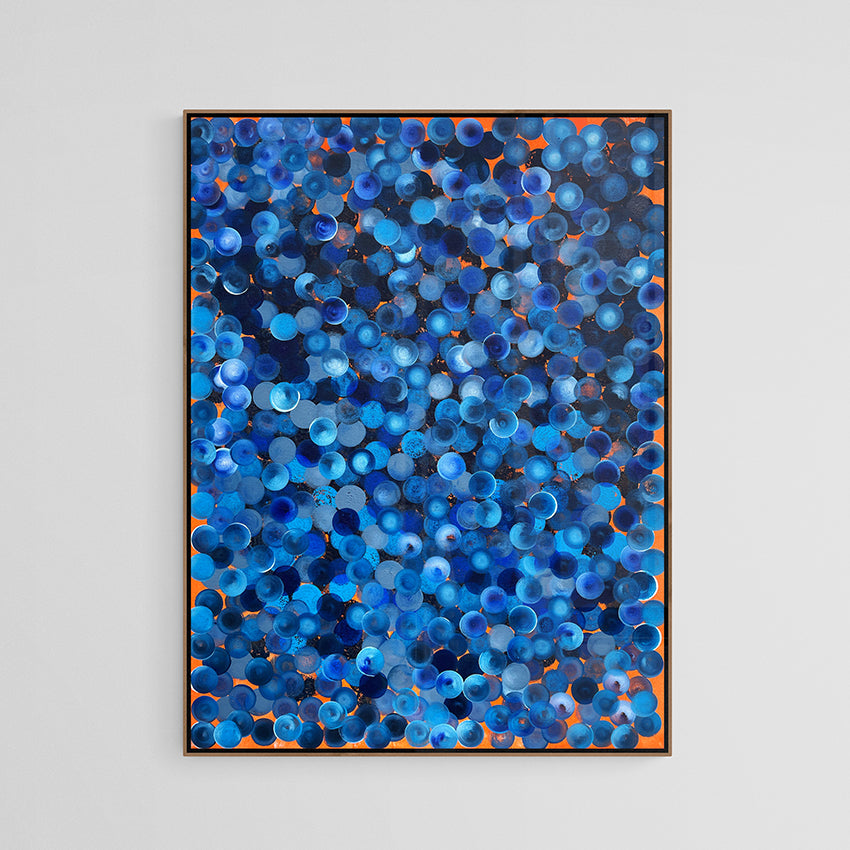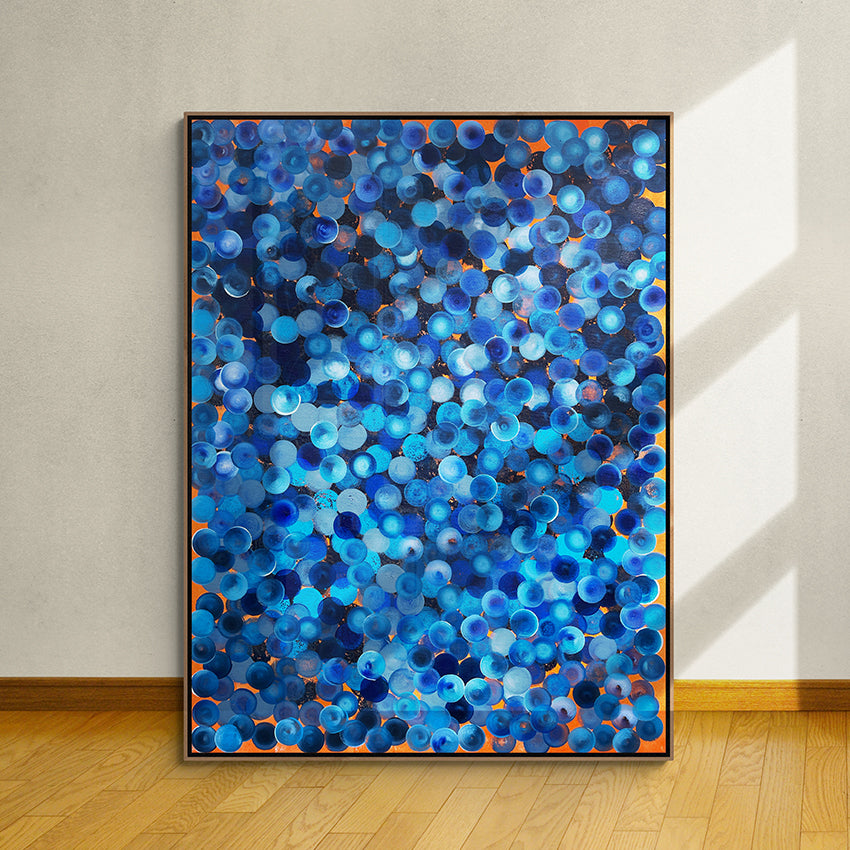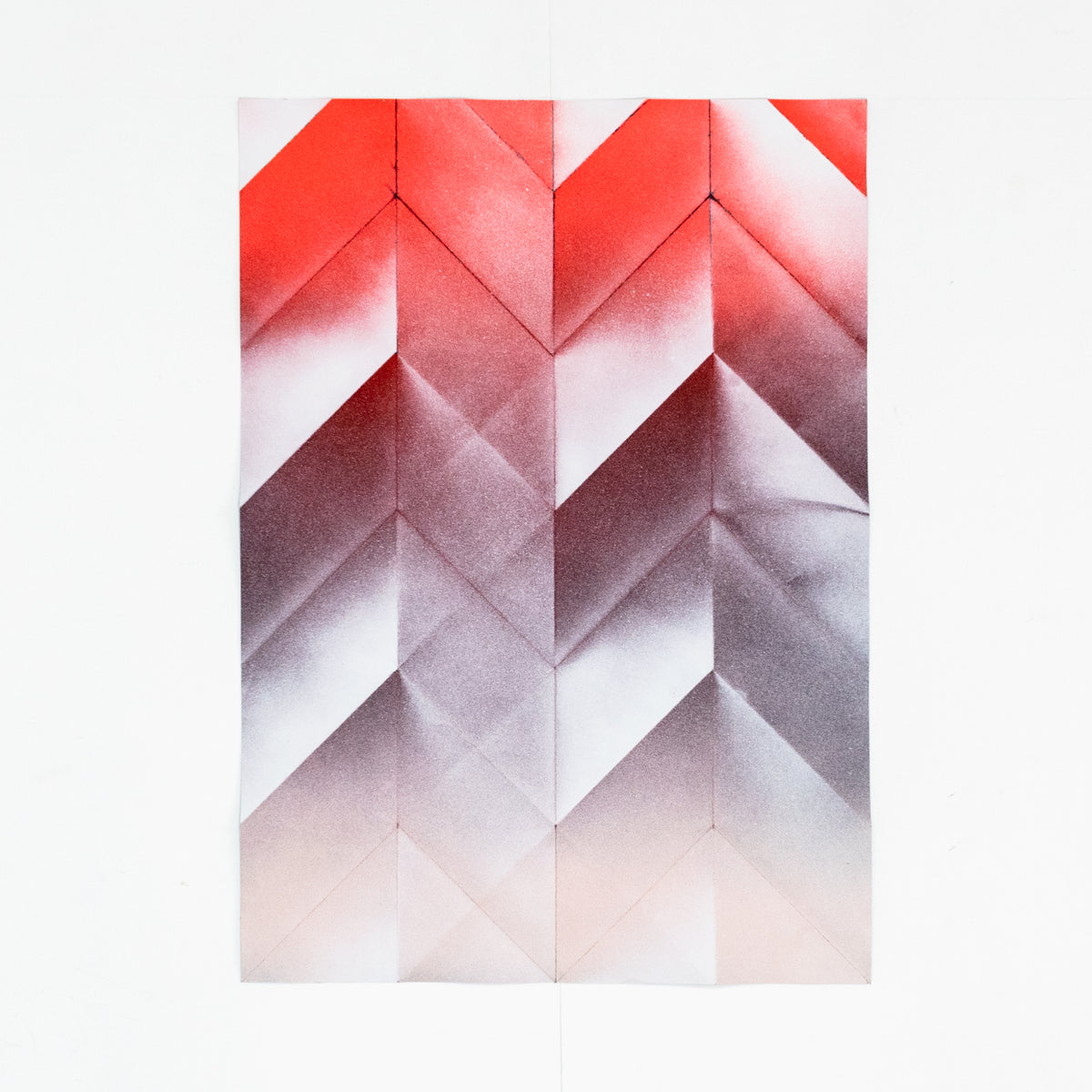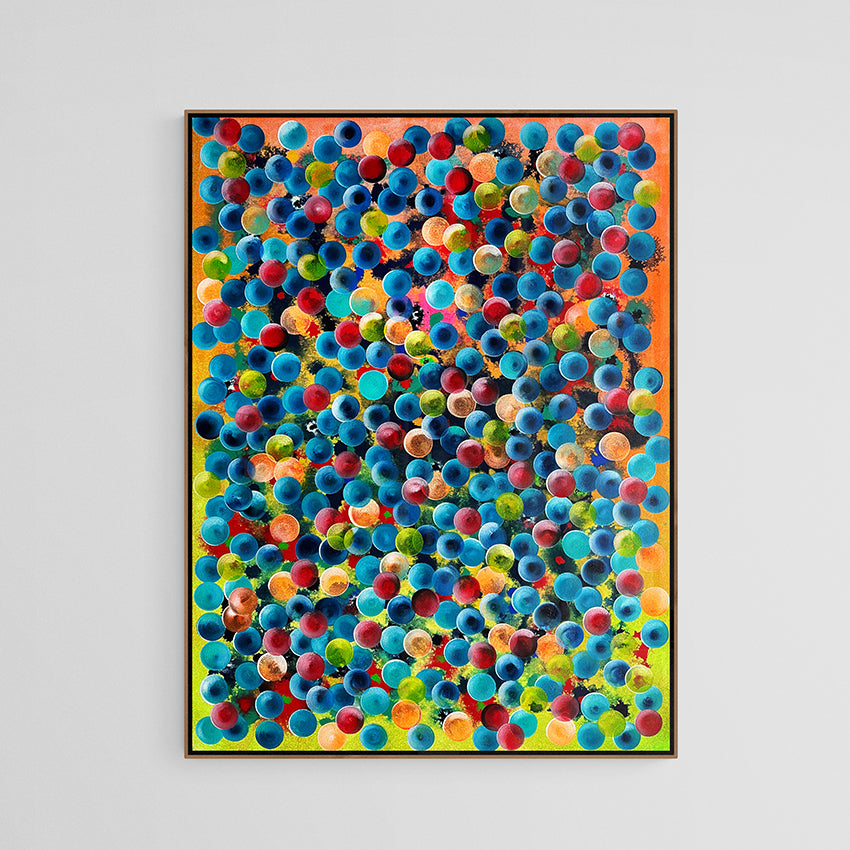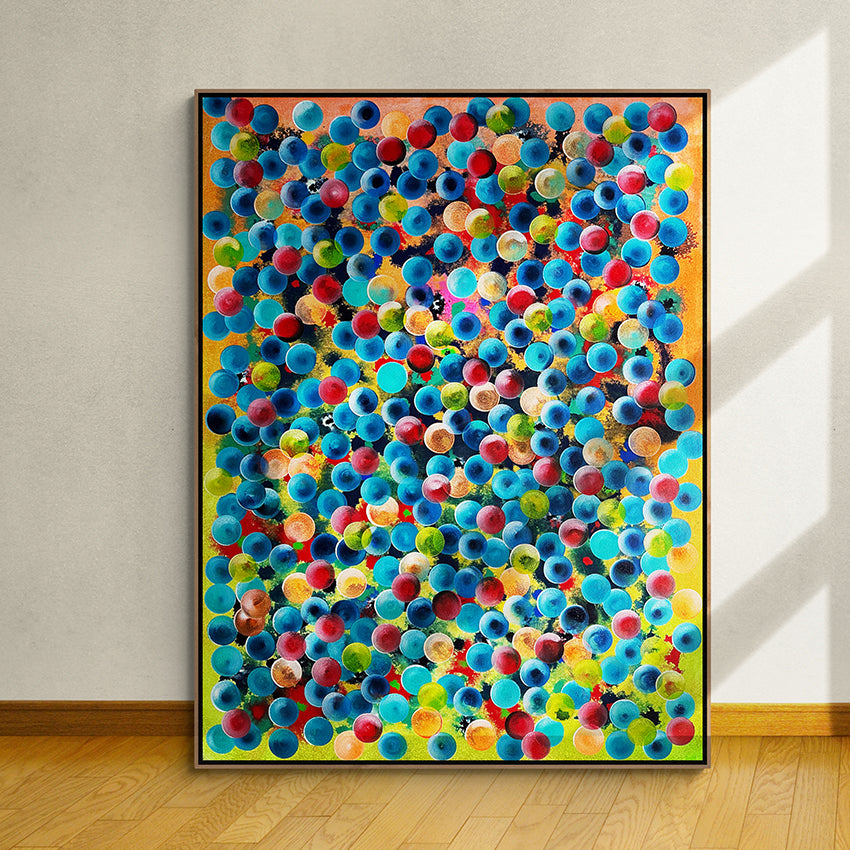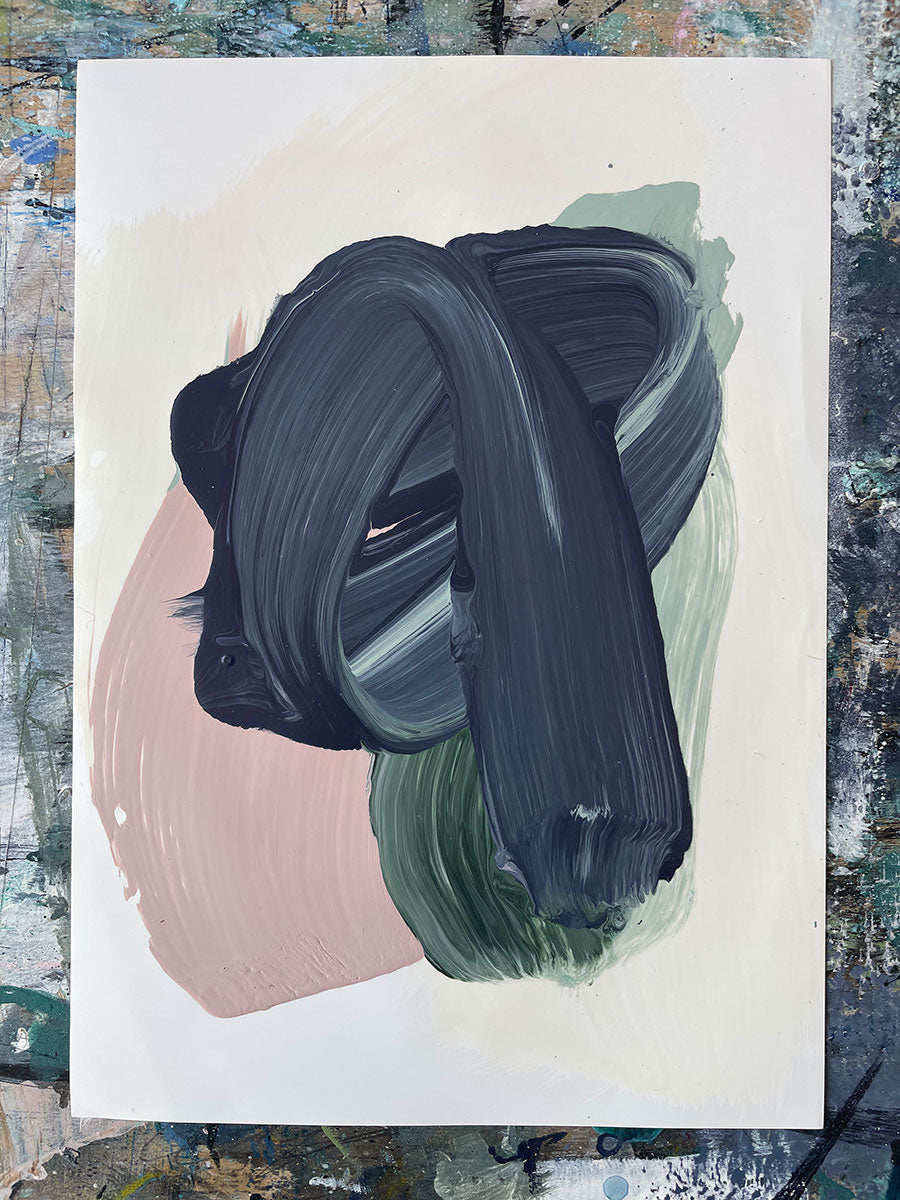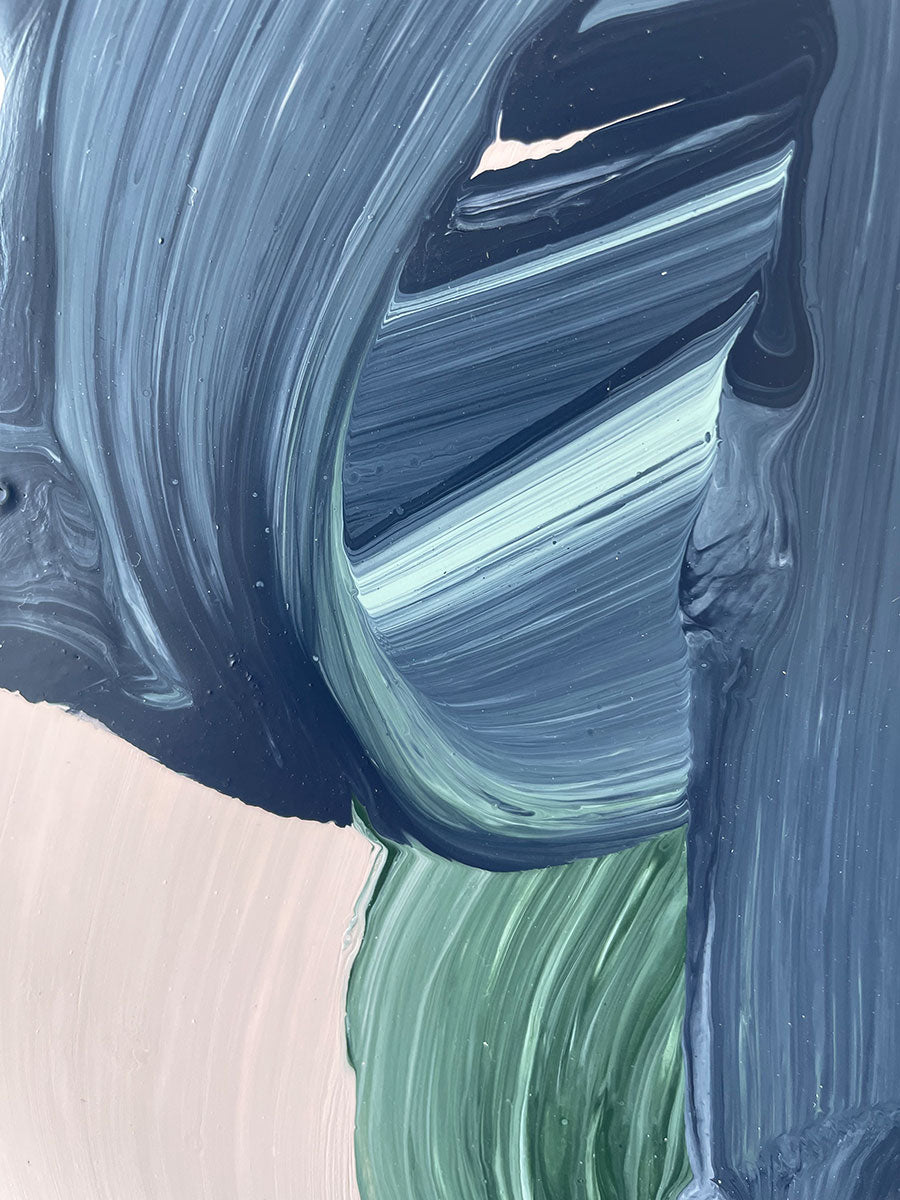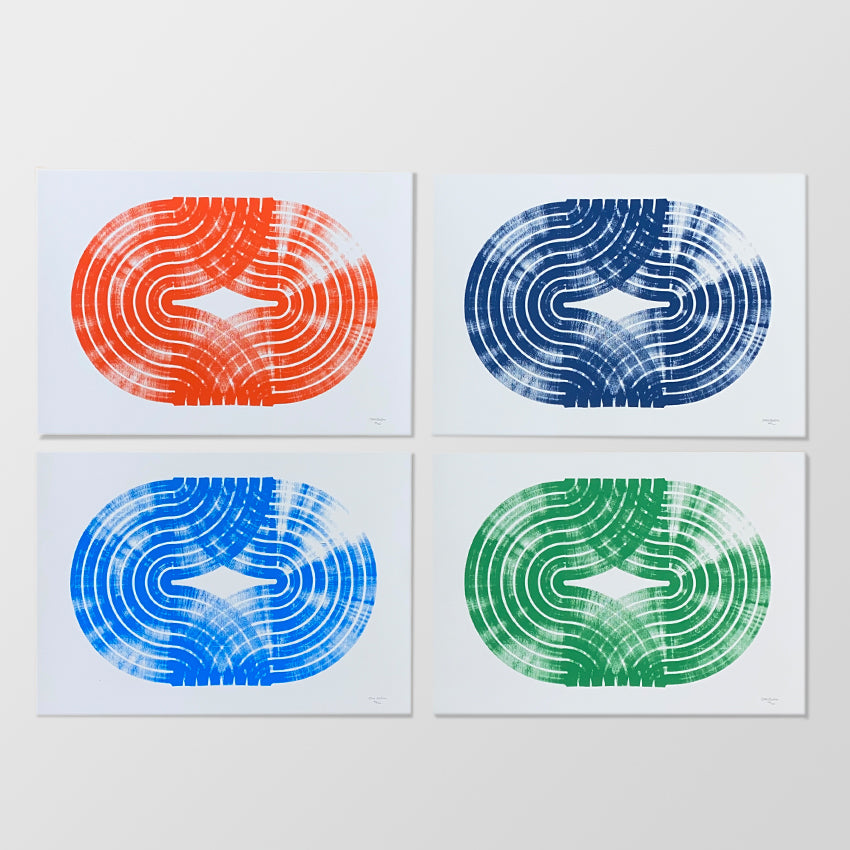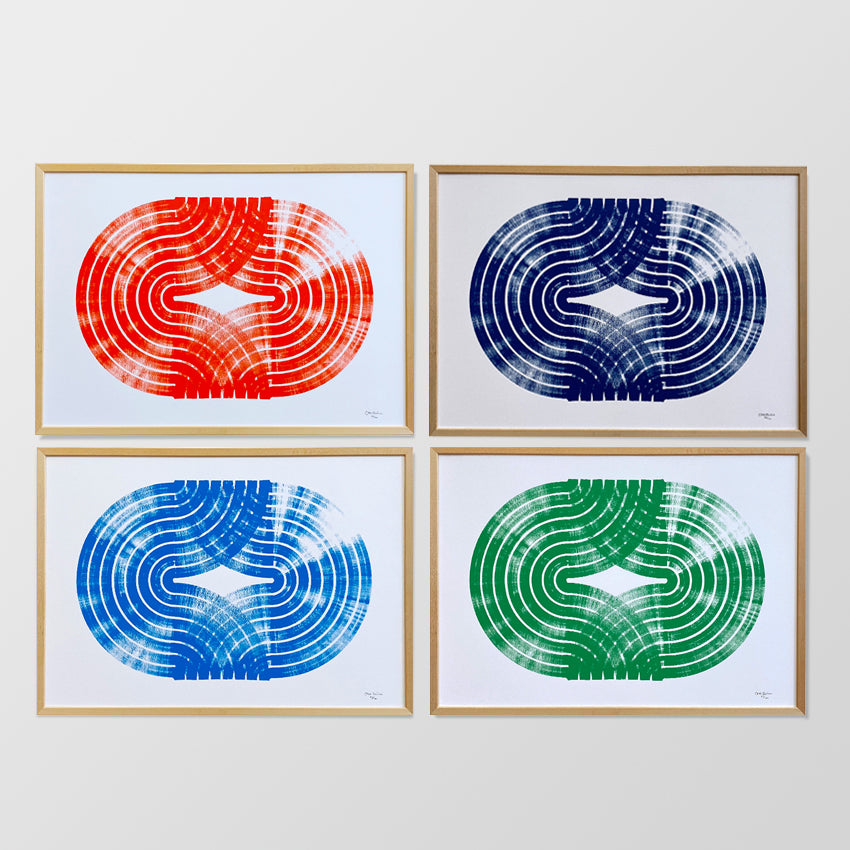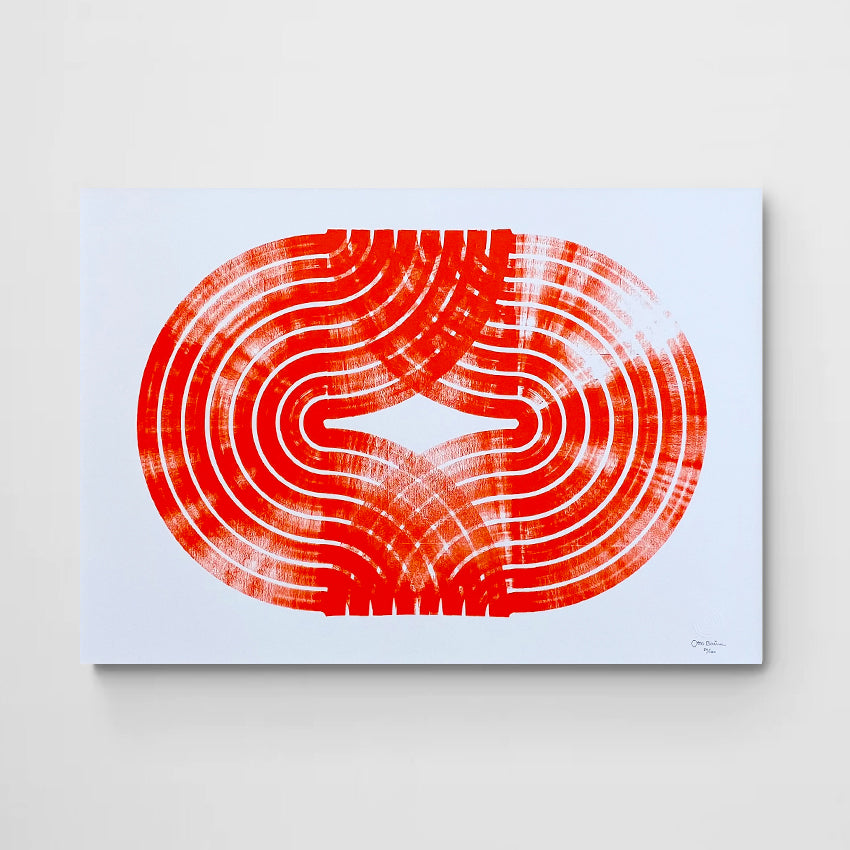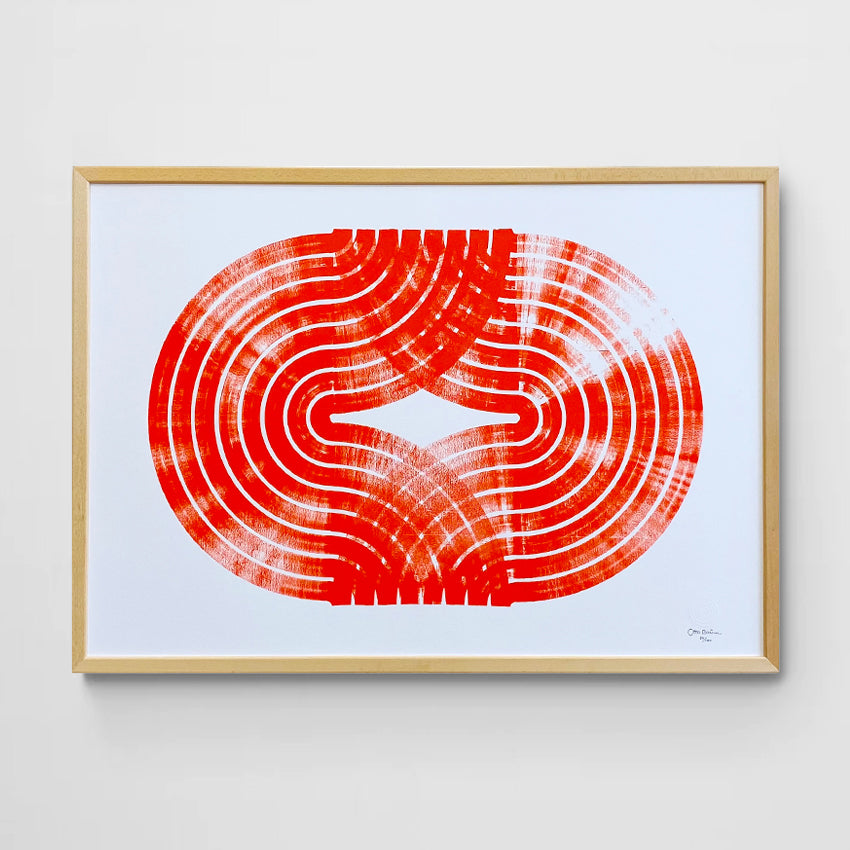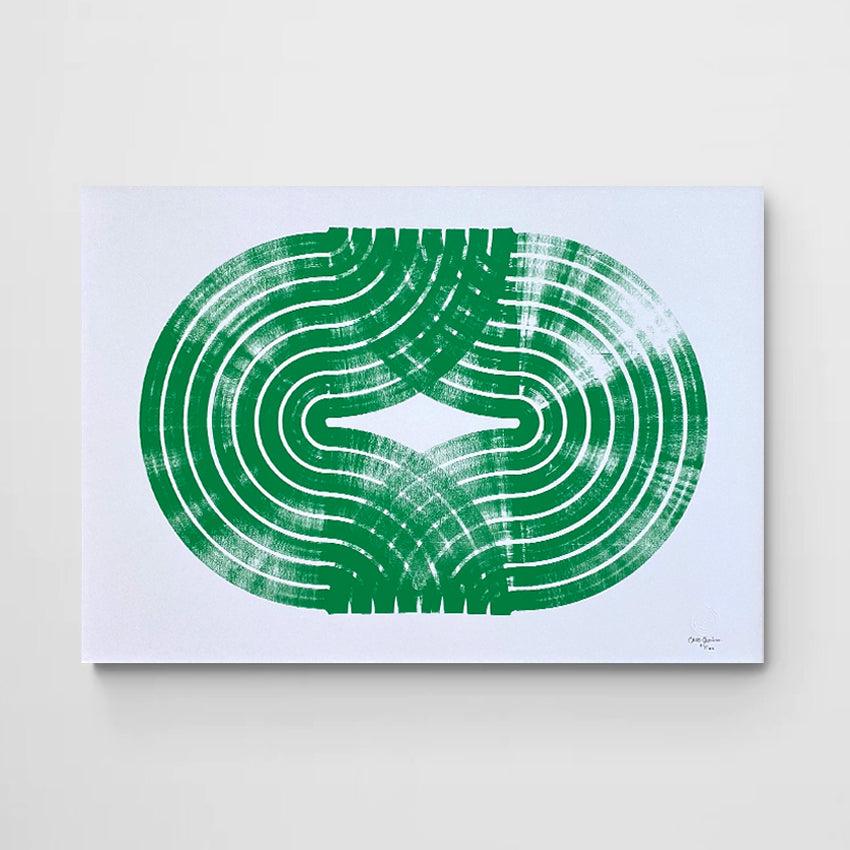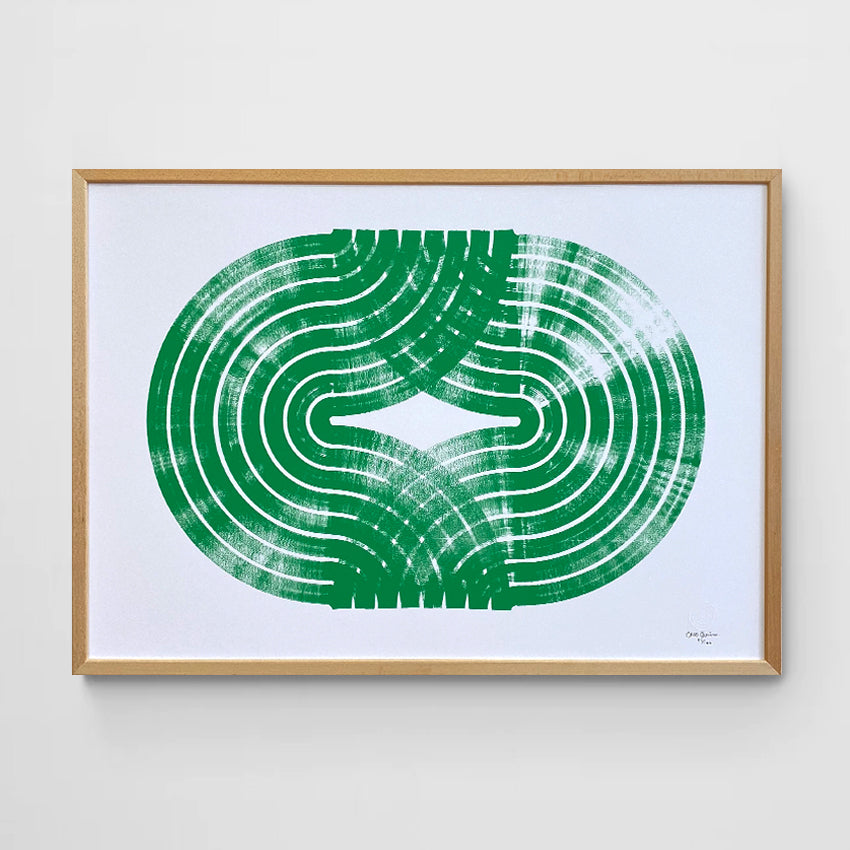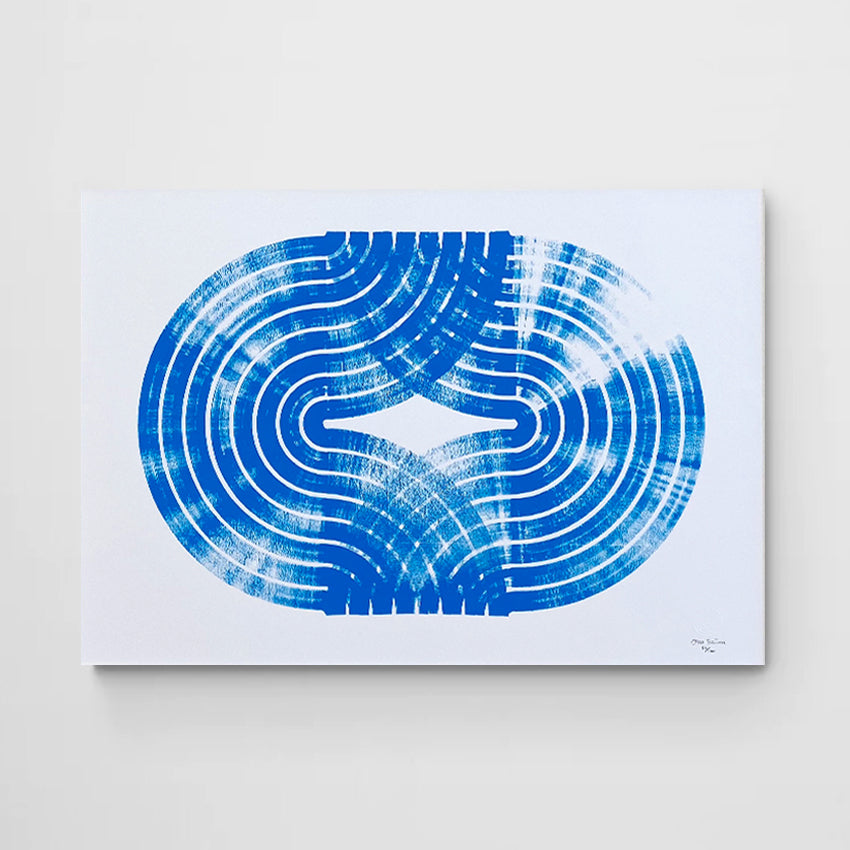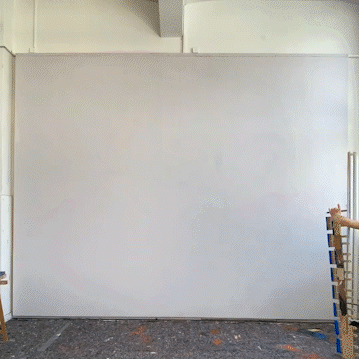Henrik Reimes was born in the Black Forest, close to the borders with France and Switzerland. After graduating in Fine Arts in 2018, he moved to Brussels before relocating to Stuttgart in 2021, where he currently lives and works. Having worked more on conceptual and site-specific projects in the past, he now enjoys to focus on aesthetic production in the studio, including sculpture, painting and drawing. How did you get into art?
How did you get into art?
I always felt the need to create. But there was no one around me who had an artistic background, so it just didn't occur to me that art was something you could do professionally. Instead, I went into advertising and new media design, which was quite exciting. But over time I realised that purely digital work didn't satisfy me and I started welding and printmaking. By chance, one day I stumbled into a preparatory course for art school and suddenly I knew what I wanted to do. A few years later I graduated as an artist, which is still incredible. It's the best decision I've ever made.
How would you describe your style? What makes your work special?
I'm not really interested in developing and refining a particular style. In a sense, that would feel like I'm limiting my aesthetic possibilities. Of course there are preferences, maybe even habits, when it comes to mark-making, brushwork, colour combinations - just a whole range of personal subtleties and tricks that I've acquired over the years of painting. But I try not to get too comfortable, not to get too used to a certain way of doing things. I don't try to establish a recognisable aesthetic that I then have to repeat over and over again. That's why I like to work in series: each one is an opportunity for something different, a new game with new rules that you invent yourself. How do you go about developing your work?
How do you go about developing your work?
I am constantly collecting "things" that I find intriguing or irritating. These can be unintentional aesthetic phenomena in public space, something I read, or quite literally something I find on the street. They are like little seeds in the back of my head. So I'll always have something to start working on when I feel that the problem the current series is dealing with has been sufficiently solved, or has lost its urgency for the time being. Sometimes a new series is further developing an aspect of an older one, but very often I am drawn to something completely different. Then I first have to get to grips with the problem, research its scope, test materials, make sketches in different scales, etc. This process usually takes a few weeks, during which I have a lot of fun experimenting, but also sometimes feel desperate and stupid because things just don't work out the way I imagined. So just normal every day work as an artist... As soon as I feel ready, I get down to the "real work", which seems more like the tip of the iceberg of what had to be done before to get to this point. Who or what influences you?
Who or what influences you?
My everyday environment certainly feeds into my work. I live and work in the city, and there's so much going on in these dense urban areas, especially on a visual level. I love graffiti, tagging, stickers, even more so when these elements and styles from so many different people build upon each other to create multi-layered visual narratives. The same goes for buildings and infrastructure somewhere between construction, renovation and decay, I really love the unintentional interplay of cracks and holes and paint and plaster and so on. Of course there are artists (so many!) whose work I admire, from Per Kirkeby, Willem de Kooning, Helen Frankenthaler to Amy Sillman, Charline von Heyl, Thomas Scheibitz to great artists of my generation like Jana Schröder, Melike Kara or William Ludwig Lutgens. But the most important thing is being part of a network of fellow artists who support each other. Being an artist comes with a lot of uncertainty and doubt, so it's essential to share and care. If you want to keep doing this, you need people who are as passionate about it as you are.
Make us curious. What are you planning to do next?
I recently finished a series of larger paintings (images of which you can see here) using only black paint on white canvas to dive into the spectrum of brushwork and contrasts, flowing and broken lines, soft greys and textured blacks. So the next thing is going in a completely different direction. I am working on smaller, quite colourful paintings on unprimed canvas, playing with compositions that are much denser and more self-contained. They're also in portrait format, which is perhaps why I secretly call them "heads". I'm still in the early stages of figuring out how to achieve what I have in mind, so it's quite possible that I'm heading down a dead end. But I'm pretty confident that I can muddle through... Learn more about the artist:
Learn more about the artist:



